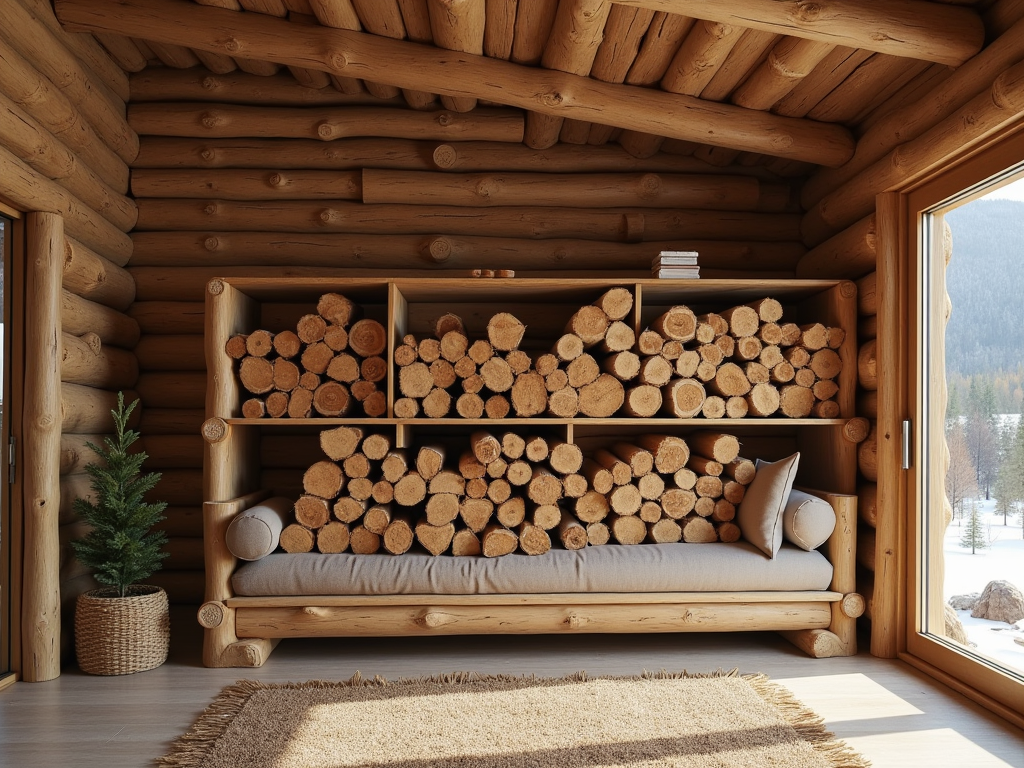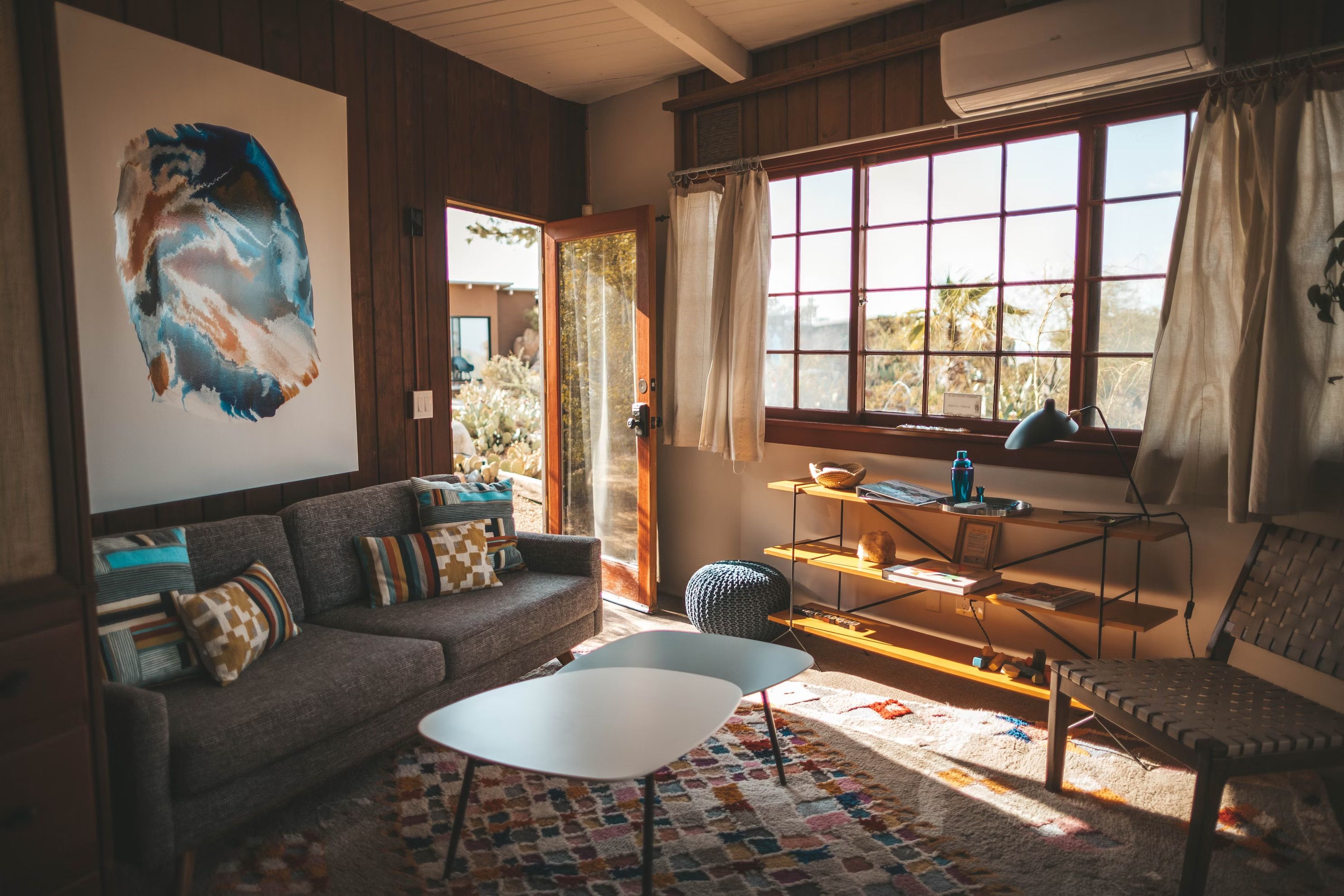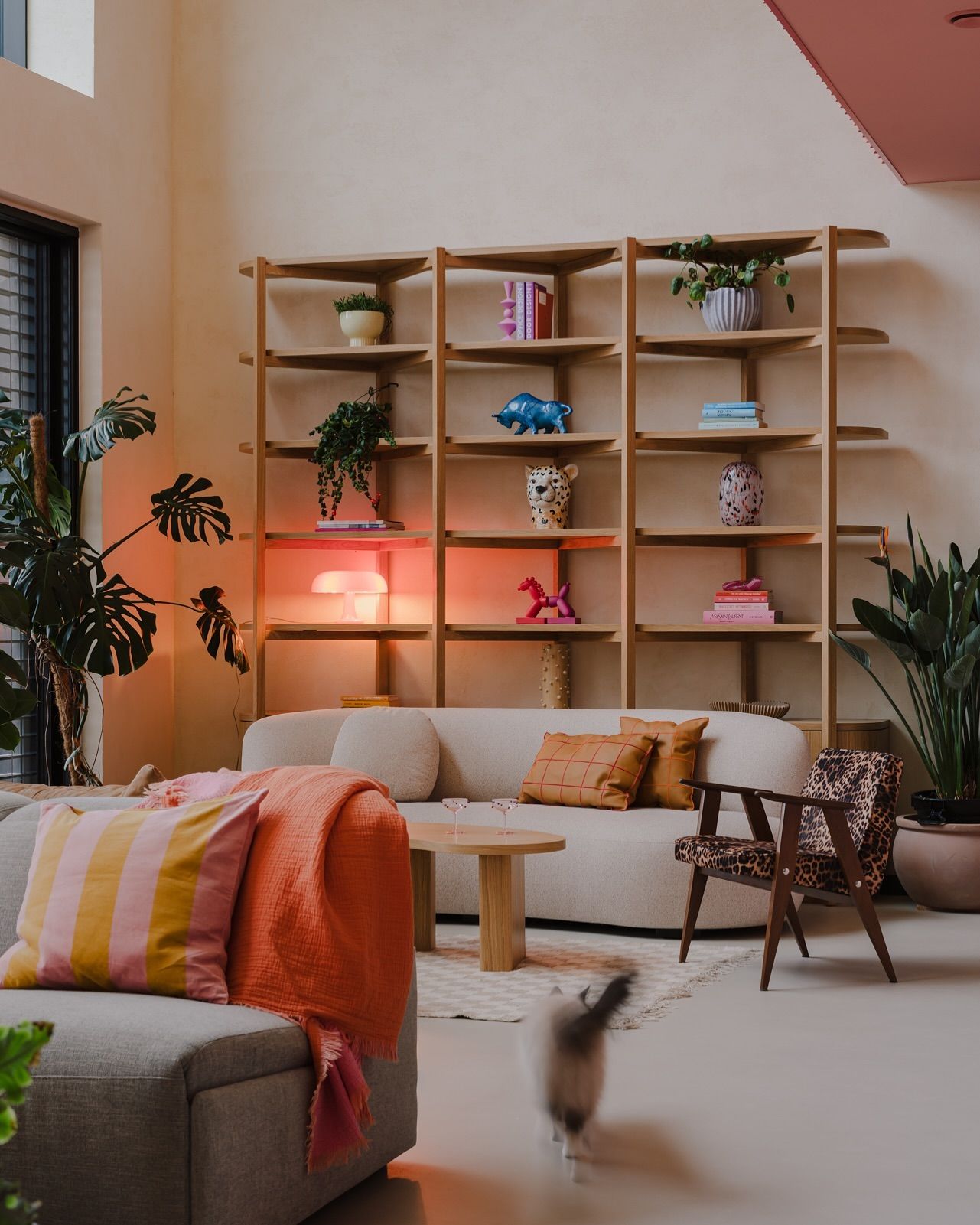Quick facts
Can't find the answer you're looking for? Please get in touch with our friendly team.
Is it better to store firewood inside or outside?
It is generally better to store firewood outside in a dry, covered area. This prevents moisture buildup and keeps pests away. If stored inside, ensure good ventilation to avoid indoor humidity and mold, but be cautious of space and safety concerns.
Do you store logs bark up or down?
When storing logs, it's best to stack them bark up. This helps to keep moisture from accumulating on the wood, which can prevent rot. Additionally, storing logs this way allows for better air circulation, promoting drying and reducing pest attraction.
What is the best format for storing logs?
For home decor and furniture businesses, the best format for storing logs is a structured database or a cloud-based service. This allows easy access, searchability, and organization of data related to inventory, sales, and customer preferences.
Can you store logs in a plastic box for winter?
Yes, you can store logs in a plastic box for winter. Ensure the box is well-ventilated to prevent moisture buildup, which can lead to mold. Choose a sturdy box that can withstand cold temperatures and keep the logs dry and protected from the elements.
Is it safe to store logs in garage?
Storing logs in a garage can be safe if properly managed. Ensure the area is dry to prevent mold and pests. Keep logs off the ground to improve airflow and avoid moisture buildup. Regularly check for any signs of decay or insect infestations.
Does a log store keep wood dry?
Yes, a log store is designed to keep wood dry. It typically features a raised base for airflow and a roof to protect against rain. Properly storing wood in a log store helps prevent moisture buildup, ensuring the wood remains ready for use in fireplaces or stoves.
How do you store logs in your house?
Store logs in a dedicated log holder or basket near your fireplace. Choose a sturdy, decorative option made of metal or wood to match your decor. Keep logs dry and off the ground to prevent moisture and pests. Regularly rotate logs for optimal use.
Is it OK to store logs in a shed?
Yes, it's generally okay to store logs in a shed, provided the shed is dry and well-ventilated. This helps prevent mold and decay. Ensure logs are elevated off the ground to avoid moisture absorption and allow air circulation for better drying.
What is the best way to store logs?
The best way to store logs is to keep them in a dry, well-ventilated area. Use a log rack or a covered storage shed to protect them from moisture. Stacking logs off the ground helps prevent rot and pest infestations.
Category Overview
Introduction
Log storage is more than just a practical solution for keeping firewood organized; it significantly enhances the comfort and functionality of your home. Whether you’re preparing for a cozy evening by the fire or simply looking to maintain an orderly outdoor space, log storage plays a pivotal role in creating an inviting atmosphere. By seamlessly integrating utility with style, it contributes to both relaxation and aesthetic appeal, ensuring that your living spaces are not only functional but also welcoming.
Functionality
The primary function of log storage is straightforward: it provides a dedicated space for storing logs, whether for indoor fireplaces or outdoor fire pits. You might find log storage in various rooms—think stylish wood racks in the living room next to the fireplace or practical bins on your patio. Many options offer unique features such as weather resistance for outdoor use or adjustable compartments to suit different log sizes. Some modern designs even incorporate space-saving elements, such as stackable bins that fit snugly against walls, making them ideal for smaller homes.
Design & Style
Log storage comes in diverse styles and materials, offering something for every taste. Common materials include sturdy wood (which can be treated for durability), sleek metal designs, and even woven fabrics that add a touch of warmth. You can choose from variations like rustic farmhouse styles featuring reclaimed wood or sleek minimalist options that prioritize clean lines. Personalization is easy; you can select pieces that blend with modern aesthetics or accentuate traditional decor themes. Explore options like "best coffee table with storage" if you want dual functionality while enhancing your interior design theme.
Practical Considerations
When selecting the right log storage solution, consider factors such as size and material durability based on your usage needs—whether you're seeking heavy-duty solutions for frequent use or decorative pieces meant primarily for display. Measure your available space beforehand to ensure a good fit; avoiding overly large units in compact areas is crucial. Common mistakes include underestimating capacity—always choose items that allow extra room if you plan to gather larger quantities of logs over time.
Comparison and Alternatives
When weighing materials like wood versus metal for log storage, consider their respective pros and cons: wooden models often lend warmth but may require more maintenance; metal structures typically offer durability but sometimes lack the visual charm of natural materials. Shape matters too—round containers can soften sharp angles in a room, while rectangular ones may align better against walls or tighter spaces. Think about your room's dimensions when deciding which style best complements its layout.
Trends and Popular Items
Recent trends show a rise in eco-friendly materials used for log storage solutions, aligning with sustainable living preferences among consumers today. Mid-century modern designs are notably popular right now—elegant yet practical options are gaining traction as people seek both beauty and functionality in their homes. Keep an eye out for customer favorites like log holders crafted from sustainably sourced lumber or innovative steel racks designed for both indoor elegance and outdoor resilience. By considering these elements carefully, you’ll find the perfect log storage that aligns with both your lifestyle needs and personal aesthetics.


